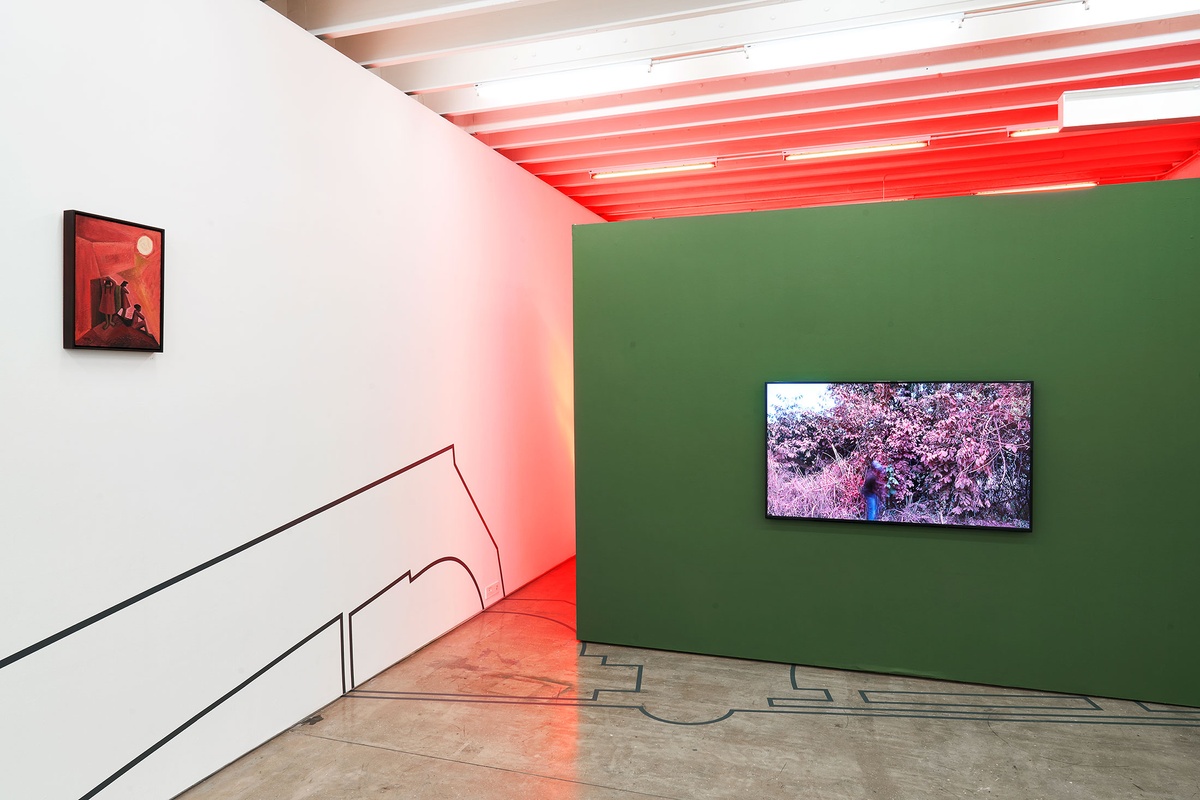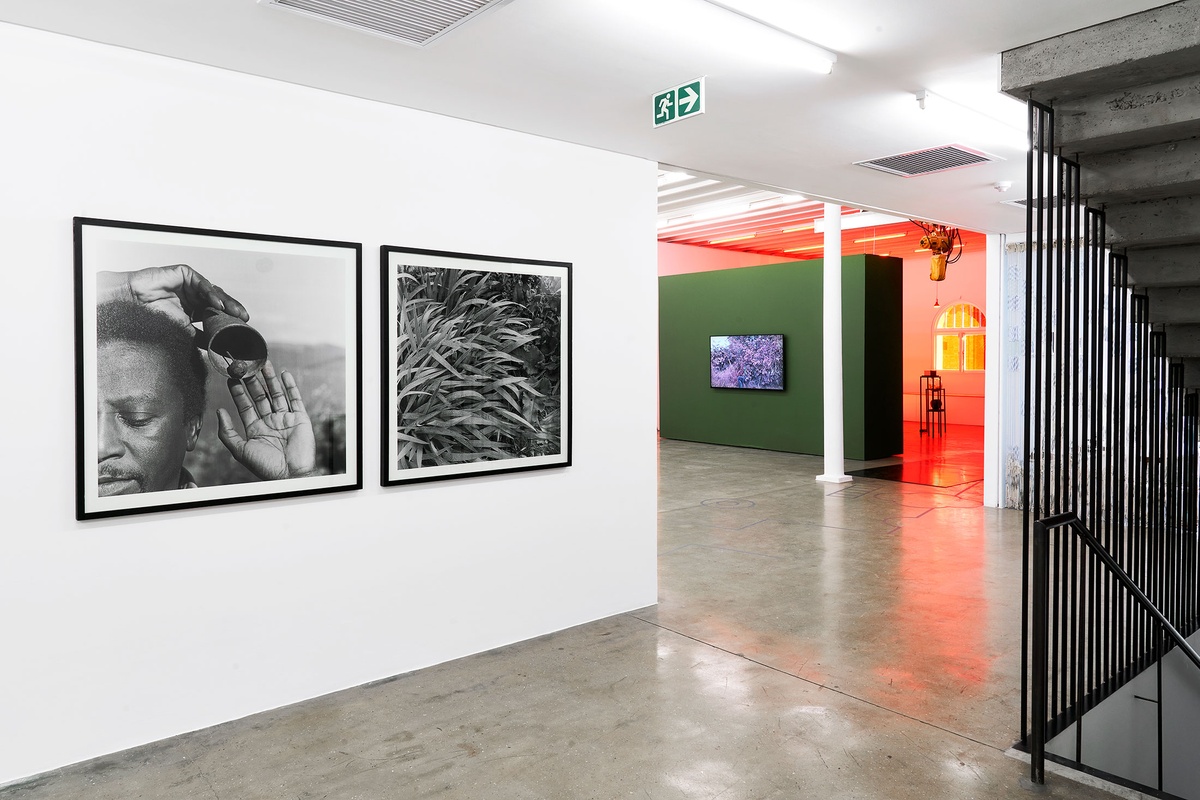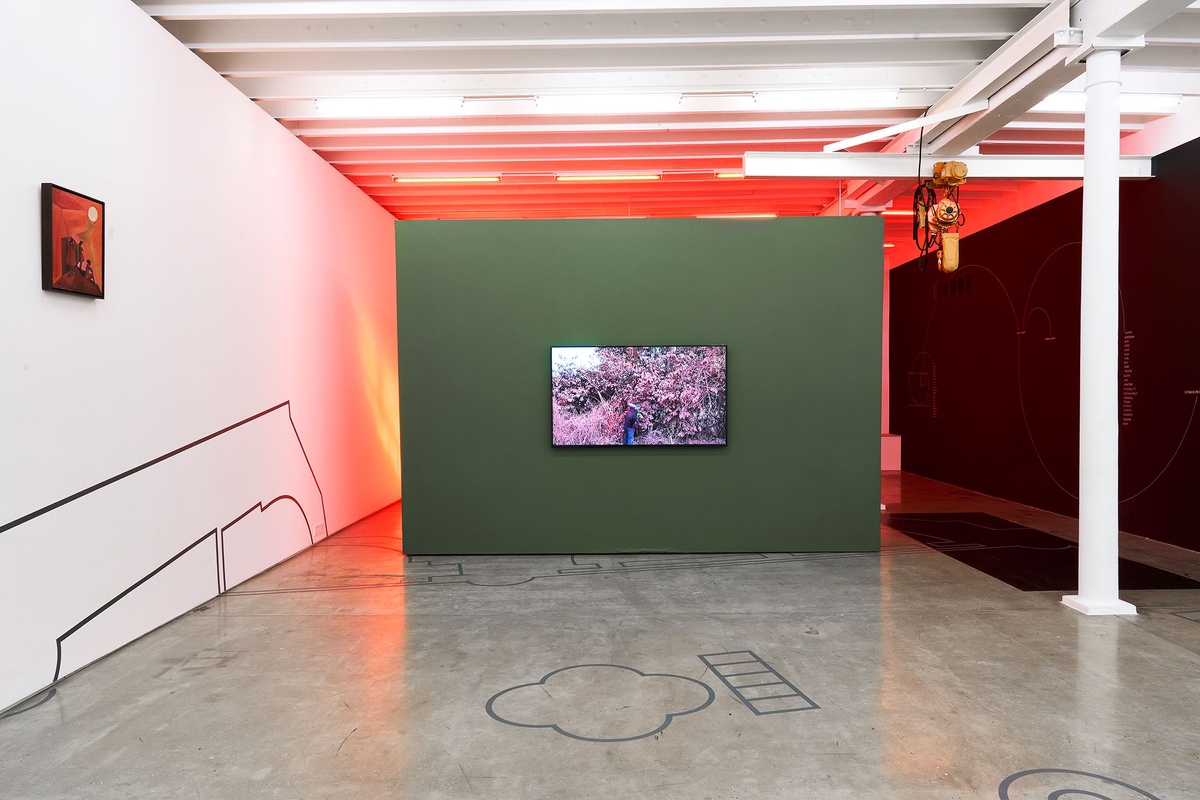Kapwani Kiwanga

Named for the Kiswahili word for dust, Vumbi recounts a performance of futility. Filmed in rural Tanzania during the dry season, the scene is a monochrome brown, the foliage along the roadside heavy with clinging dirt. The artist steps into frame, holding a rag and a fuel canister of water. One by one, she begins wiping leaves clean with methodical exactitude, revealing their brilliant green against the sepia surroundings. Thirty minutes pass. The artist walks away, leaving her small offering of viridescence to be again covered by dust. Any control the artist appeared to have, any progress she might have made, is subsumed by the environment. “It questions how we look at land,” Kiwanga says of her film, “particularly when our gaze is towards whatever gains might be had; questions of ownership and power struggles over land itself.”
b.1978, Hamilton
“I’m very reluctant to talk about what’s happening now – the hot topic, the outrage of the moment,” Kapwani Kiwanga writes. “It seems necessary to ask: how did we get here?” Trained in both art and anthropology, Kiwanga approaches her subjects with the precision of archivist, that she might offer alternative insights as to how the past transcribes the present. Her practice is as much historical reflection as contemporary criticism; an elegy to the past and invocation to futurity. Pairing rigour and lyricism, Kiwanga’s preoccupations range across disciplines and thematic concerns in works at once urgent and materially elegant. She looks not only to history’s narratives but to its footnotes and less-familiar anecdotes, carefully mining the past for unexpected incidents and marginalised retellings. Her primary gesture as artist, Kiwanga suggests, is “resuscitating a moment to revisit so one can look at it again. And through looking at this moment again, what do we understand? When looking, does it simply remind us, or do we see something differently? These moments are reactivated fully knowing that you cannot go back to that time; that time has passed. We can look back and ask ‘what would have happened if we had embarked on another direction?’”




